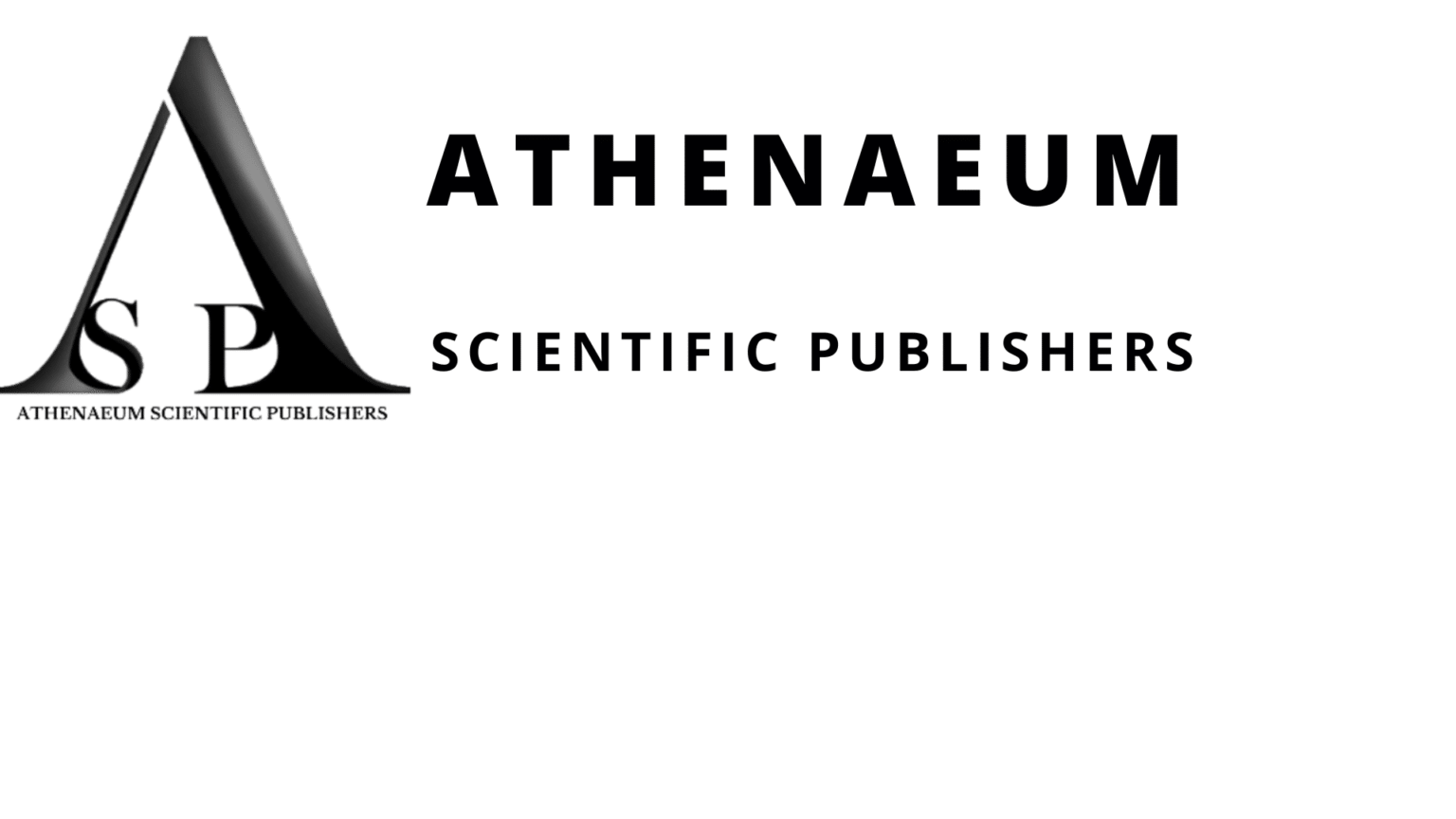Salvatore Greco1, Nicolò Fabbri2*
1Department of Translational Medicine, University of Ferrara, Ferrara, Italy
2Unit of General Surgery, Azienda Unità Sanitaria Locale di Ferrara, Ferrara, Italy
*Corresponding Author: Nicolò Fabbri, Unit of General Surgery, Azienda Unità Sanitaria Locale di Ferrara, Ferrara, Italy; Email: [email protected]
Published On: 15-09-2021
Copyright© 2021 by Fabbri N, et al. All rights reserved. This is an open access article distributed under the terms of the Creative Commons Attribution License, which permits unrestricted use, distribution and reproduction in any medium, provided the original author and source are credited.
Editorial
One of the most interesting topics concerning SARS-CoV-2 infection is about the theoretical transmission of the virus during surgery.
The virus is transmitted mainly through respiratory droplets containing the viral particles: these are usually exhaled by the infected subject when coughing, sneezing or simply talking and the amount of viral particles released is greater as the infection process goes one.
Regardless the gastrointestinal involvement in the case of infection, that may be present in different percentages of cases (12.5% in our cohort of patients), any kind of invasive approach could hypothetically cause the aerosolization of viral particles and potentially lead to the contamination of the operating room [1-3].
In this respect, recent studies have focused on the unknown role covered by some invasive procedures like laparoscopic surgery: Seeliger, et al., reported the absence of viral RNA in the peritoneal samples of 5 patients, analyzed throughout RT-PCR assay; also an Indian study by Gaba, et al., on 11 biological samples from 8 patients (7 wound swabs, 2 peritoneal fluids and 2 tissue specimens) did not identify the viral genome in any of the samples considered [1,2]. Similar results were recorded in an interesting work by a group of polish researchers on 65 peritoneal samples in pregnant women tested positive for SARS-CoV-2 infection and in another study from Bahrain on 5 peritoneal samples, all tested negative for the viral detection.
The potential role of peritoneal swabs in the alternative detection of SARS-CoV-2 RNA during surgery is a point of discussion in the current literature but the amount of studies concerning this topic is still too small to get to any kind of conclusion [4].
We discussed about the reliability of peritoneal tests in one of our previous works dedicated to this particular aspect of the disease concluding that caution is still required in case of surgery with COVID-19 inpatients; moreover, the current literature does not allow to understand whether handling biological fluids of such patients is completely safe or not and much attention should be provided during either invasive or mini-invasive procedures [5].
Based on the studies cited above, it would seem that peritoneal fluids are somehow spared from viral penetration, but for all the intrinsic limitations of these findings and the small size of the samples considered, further specific studies are still needed in order to define the actual role of biological fluids’ samples.
References
- Greco S, Fabbri N, Bella A, Bonsi B, Parini S, Rocchi C, et al. COVID-19 in patients with gastrointestinal onset: sex and care needs’ differences in the district of Ferrara, Italy. BMC Infect Dis. 2021;21(1):1-8.
- Seeliger B, Philouze G, Benotmane I, Mutter D, Pessaux P. Is the severe acute respiratory syndrome coronavirus 2 (SARS-CoV-2) present intraperitoneally in patients with coronavirus disease 2019 (COVID-19) infection undergoing emergency operations? Surg. 2020;168:220-1.
- Jakimiuk AJ, Januszewski M, Santor-Zaczynska M, Jakimiuk AA, Oleksik T, Pokulniewicz M, et al. Absence of SARS-CoV-2 RNA in peritoneal fluid during surgery in pregnant women who are COVID-19 positive. J Minim Invasive Gynecol. 2021;S1553-4650(21):00285-5.
- AlAradi J, AlHarmi RAR, AlKooheji M, Almahari SA, Isa MA, AlMarzooq R. SARS-CoV-2 in peritoneal swabs from asymptomatic patients undergoing emergency abdominal surgery. J Surg Case Rep. 2021;2021(4):rjab116.
- Fabbri N, Pesce A, Feo CV, Pizzicotti S. Peritoneal swab test for severe acute respiratory syndrome coronavirus 2 (SARS-CoV-2) patients in abdominal surgery: Is it a reliable practice? Surg. 2021;169(6):1558-9.
Article Type
Editorial
Publication History
Received On: 19-08-2021
Accepted On: 08-09-2021
Published On: 15-09-2021
Copyright© 2021 by Fabbri N, et al. All rights reserved. This is an open access article distributed under the terms of the Creative Commons Attribution License, which permits unrestricted use, distribution, and reproduction in any medium, provided the original author and source are credited.
Citation: Fabbri N, et al. SARS-CoV-2 in Peritoneal Fluids. Our Point of View after a Short Review of Literature. J Surg Res Prac. 2021;2(3):1-2.


